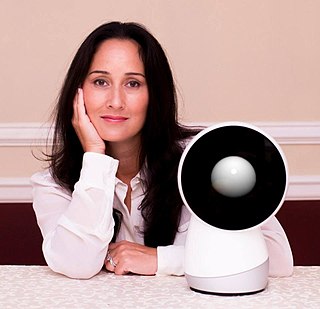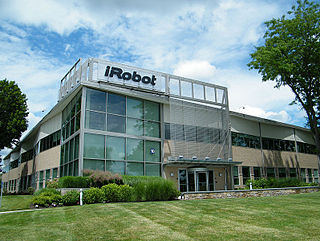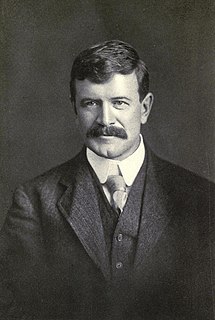A Quote by Cynthia Breazeal
I do think, in time, people will have, sort of, relationships with certain kinds of robots - not every robot, but certain kinds of robots - where they might feel that it is a sort of friendship, but it's going to be of a robot-human kind.
Related Quotes
Some people think that, inevitably, every robot that does any task is a bad thing for the human race, because it could be taking a job away. But that isn't necessarily true. You can also think of the robot as making a person more productive and enabling people to do things that are currently economically infeasible. But a person plus a robot or a fleet of robots could do things that would be really useful.
Robots are important also. If I don my pure-scientist hat, I would say just send robots; I'll stay down here and get the data. But nobody's ever given a parade for a robot. Nobody's ever named a high school after a robot. So when I don my public-educator hat, I have to recognize the elements of exploration that excite people. It's not only the discoveries and the beautiful photos that come down from the heavens; it's the vicarious participation in discovery itself.
A new study says by 2030 household robots will dominate every phase of our lives. The study says the No. 1 field for robot growth is medicine. That makes sense. Robots already perform well in surgery. That is, until there is a power outage. Then it's just a coat rack leaning over you as you bleed to death.
In the smart home of the future, there should be a robot designed to talk to you. With enough display technology, connectivity, and voice recognition, this human-interface robot or head-of-household robot will serve as a portal to the digital domain. It becomes your interface to your robot-enabled home.
































